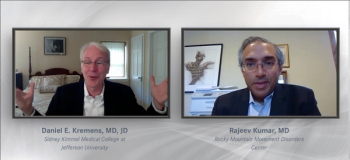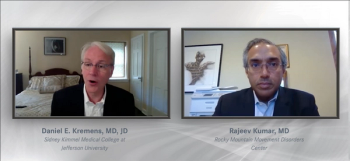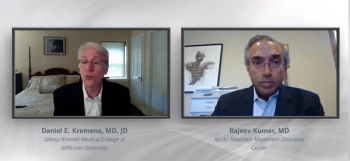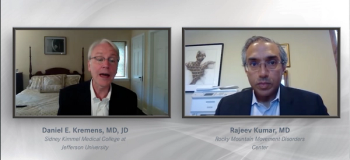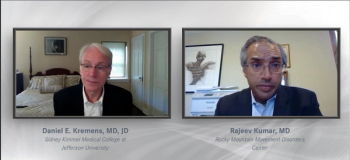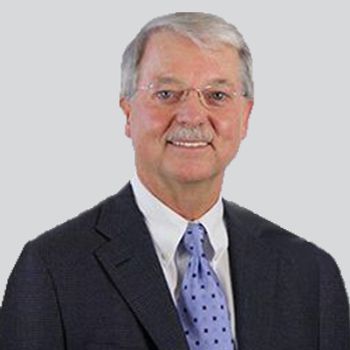
Statistically significant worsening on the Epworth Sleepiness Scale was observed in patients randomized to placebo compared to participants who received JZP-258.

Statistically significant worsening on the Epworth Sleepiness Scale was observed in patients randomized to placebo compared to participants who received JZP-258.
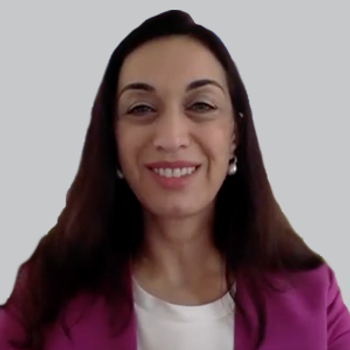
Kristina Simonyan, MD, PhD, DrMed, and Davide Valeriani, PhD, offered insight into the use of DystoniaNet, which identified the condition with 98.8% accuracy in a matter of 0.36 seconds.
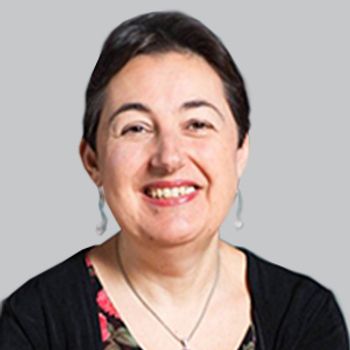
For those with nonmotor seizures at onset who developed seizures with motor involvement later, the median number of days to diagnosis from motor symptom onset was only 13 days, compared to 616 days for the overall nonmotor group.
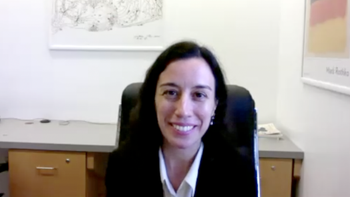
The assistant professor of neurology and neuroscience at Mount Sinai Medical Center detailed the promise marked by the results of a recent pilot trial of riluzole in Alzheimer disease.
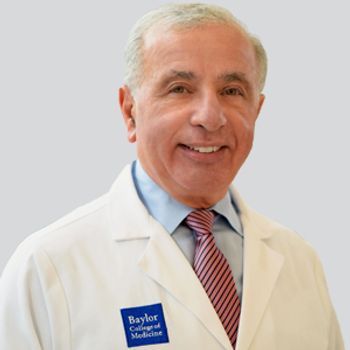
Study results suggest daxibotulinumtoxinA has the potential to reduce the frequency of cervical dystonia treatments by up to 50% annually.
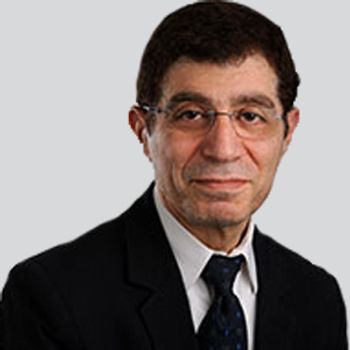
Elias Kouchakji, MD, provides details of the phase 3 LELANTOS study of novel antibody pamrevlumab for the treatment of Duchenne muscular dystrophy.
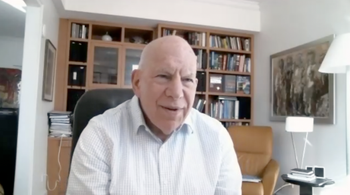
The chairman of the Department of Genetic Medicine at Weill Cornell Medicine detailed the ongoing research in developing gene therapy for patients with Alzheimer disease.
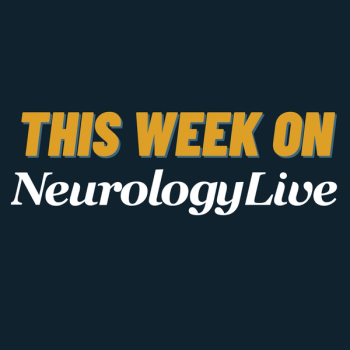
Here's what is coming soon to NeurologyLive.
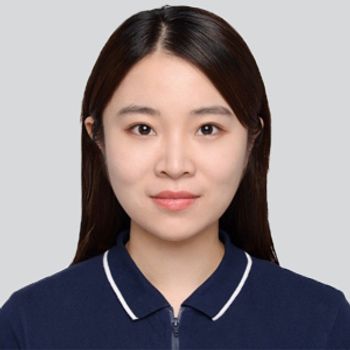
The use of real-time quaking-induced conversion and protein misfolding cyclic amplification assays accurately allowed researchers to differentiate synucleinopathies from nonsynucleinopathies.

The director of the Mid-Atlantic Epilepsy and Sleep Center in Bethesda, Maryland, shared his thoughts on how technology has affected patient care and the patient-physician dynamic during the COVID-19 pandemic.

The chairman of the Department of Genetic Medicine at Weill Cornell Medicine detailed the ongoing research in developing gene therapy for patients with Alzheimer disease.
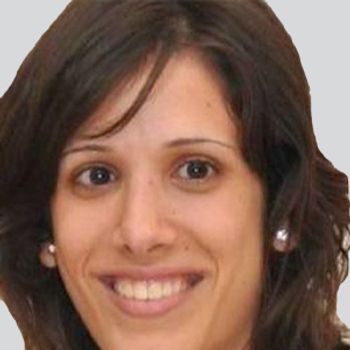
The rate of maternal clinical insomnia increased from 11% pre-pandemic to 23% during the COVID-19 pandemic.
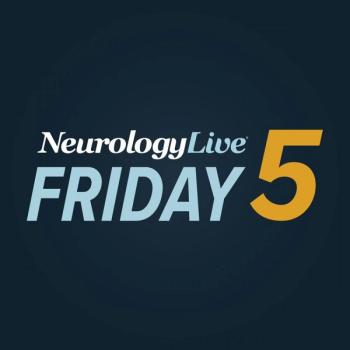
Take 5 minutes to catch up on NeurologyLive's highlights from the week ending October 16, 2020.
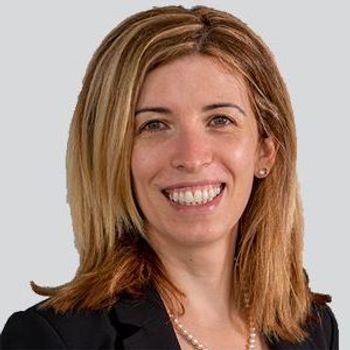
The combination agent resulted in a 44% lower risk of death for patients with ALS, with a 6.5-month longer median survival compared with placebo.
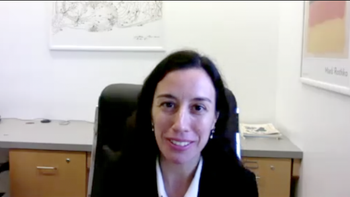
The assistant professor of neurology and neuroscience at Mount Sinai Medical Center detailed the findings of a recent pilot trial of riluzole in Alzheimer disease she and colleagues conducted.
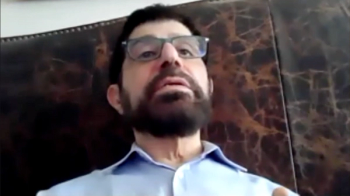
The senior vice president of clinical development, drug safety, and pharmacovigilance at FibroGen discussed why the representation of non-ambulatory patient populations is necessary in DMD trials.
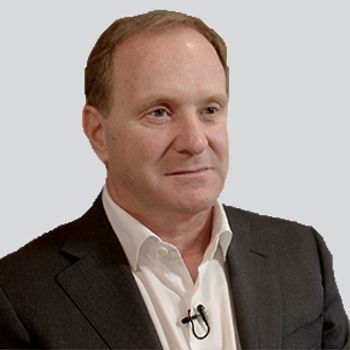
Decreases in weekly migraine days remained steady during the last 2 weeks of the first quarter, with a similar maintenance of response during the second quarter.
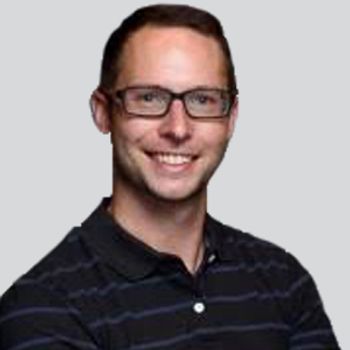
To date, the connection between vascular dysfunction and tau pathology and how it affects cognition has not been well understood.
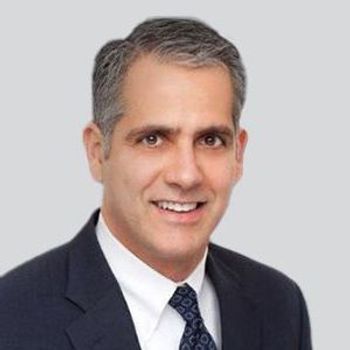
The recently approved oral solution, known as JZP-28 (Xywav), was associated with clinically meaningful improvements in Epworth Sleepiness Scale, Patient Global Impression of Change, and Idiopathic Hypersomnia Severity Scale scores.
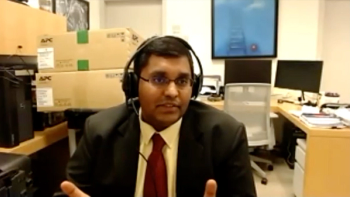
The Cleveland Clinic researcher details a study that will use biomarkers to develop a predictive model to identify individuals with Parkinson disease who may develop dementia.
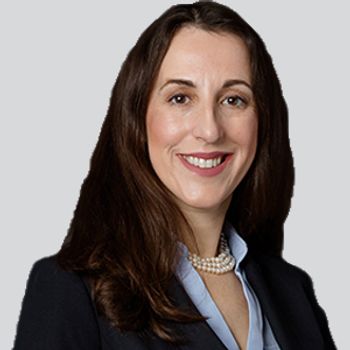
Patients with neurologic disorders were more often older, male, white, hypertensive, diabetic, intubated, and had higher sequential organ failure assessment scores.
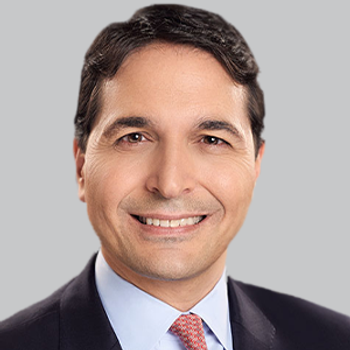
If approved, rimegepant will be the first and only anti-CGRP agent indicated for both the preventive and acute treatment of migraine.
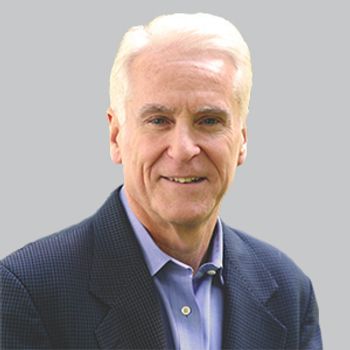
The drug, marketed as Wakix, was previously approved for the treatment of excessive daytime sleepiness in adults with narcolepsy.
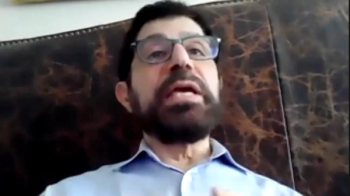
The senior vice president of clinical development, drug safety, and pharmacovigilance at FibroGen discussed why turning Duchenne muscular dystrophy into a chronic disease rather than a fatal one, is a top priority.

Italfarmaco is expected to report topline data from the phase 3 EPYDIS trial in June 2022.
